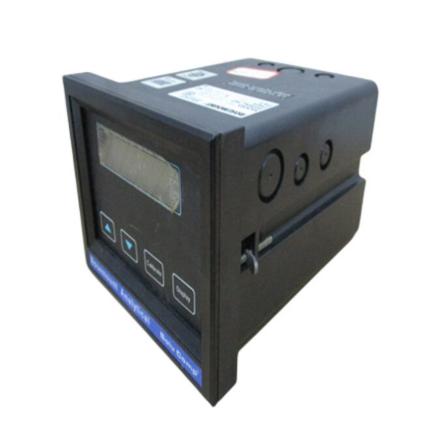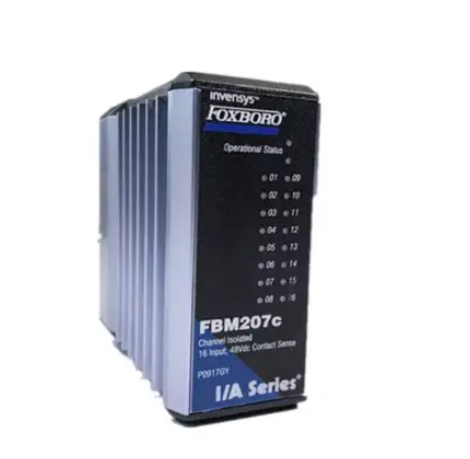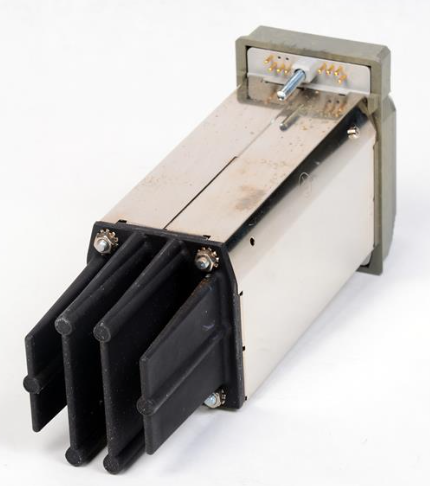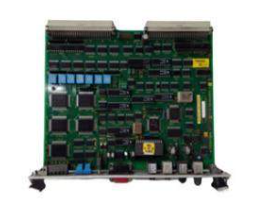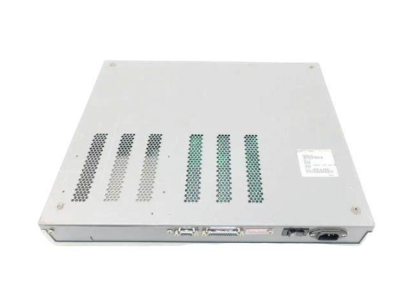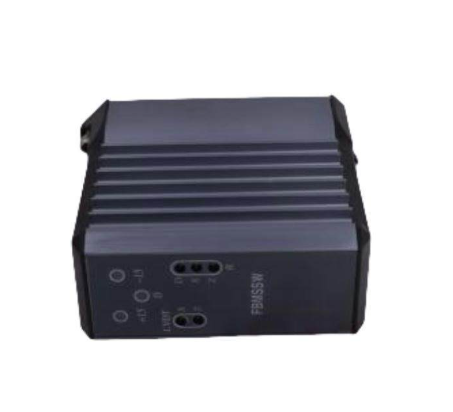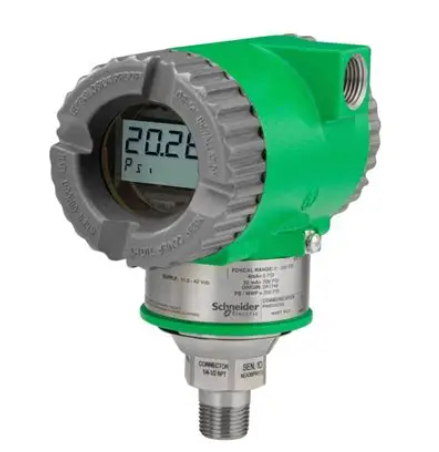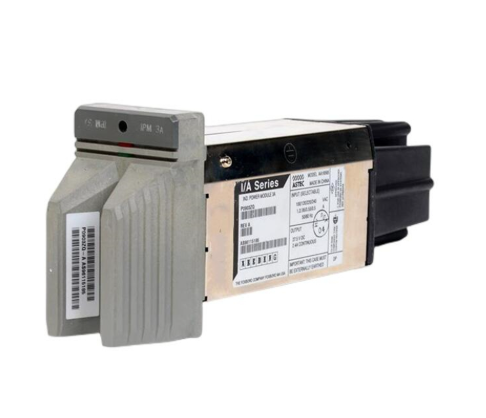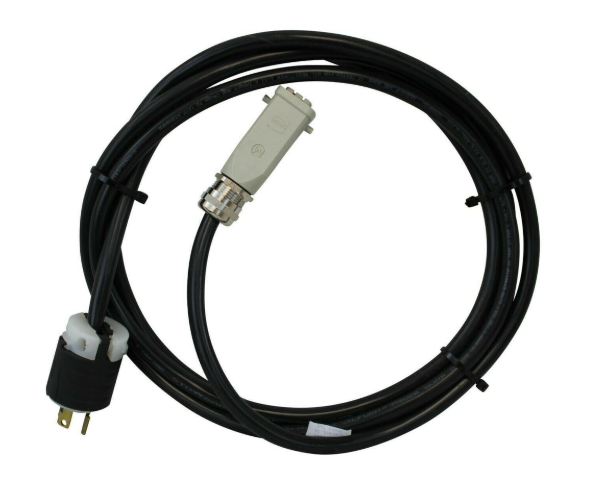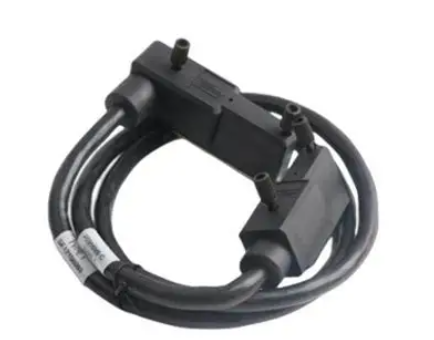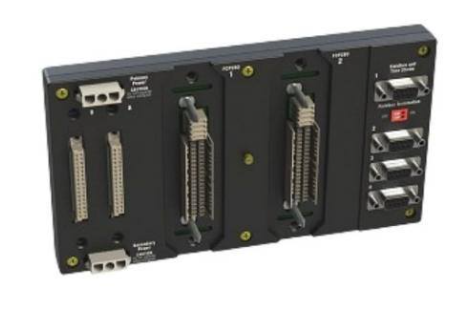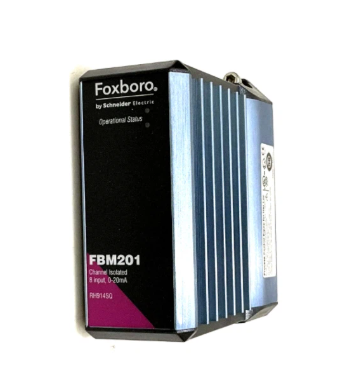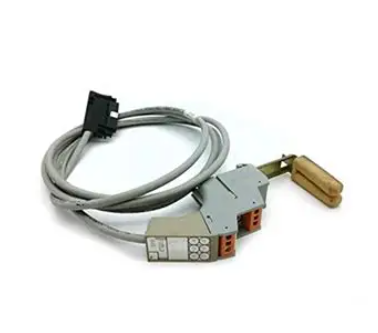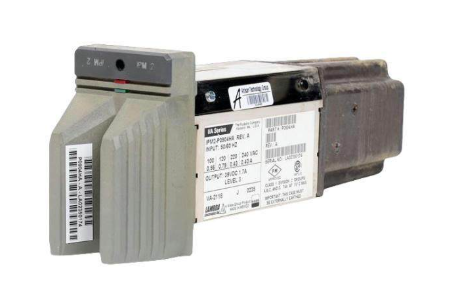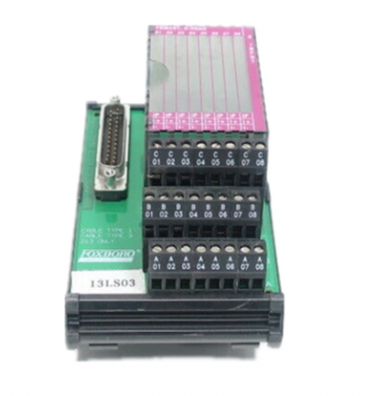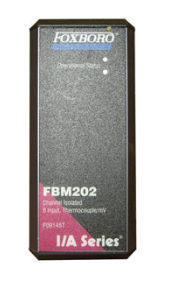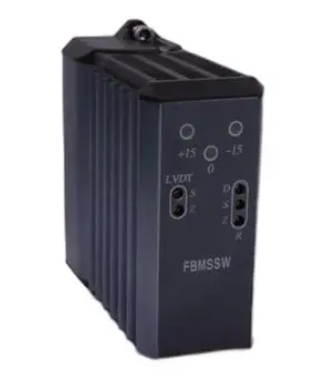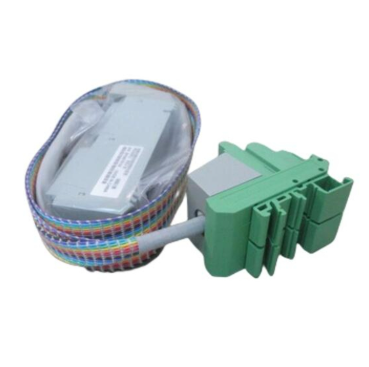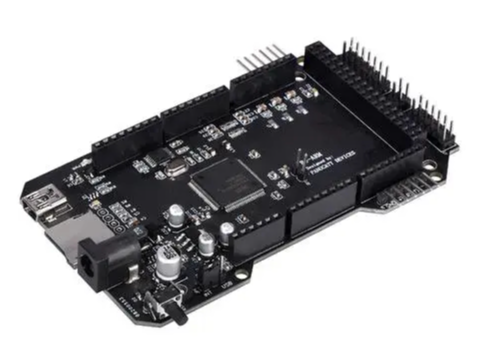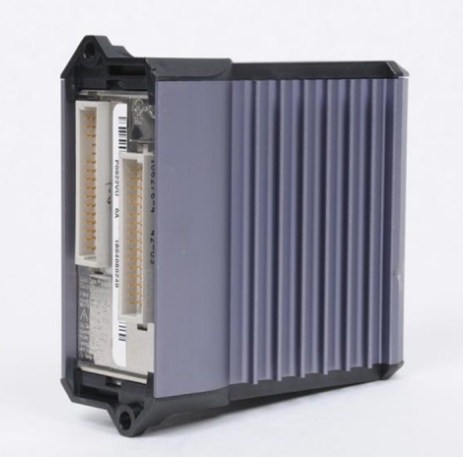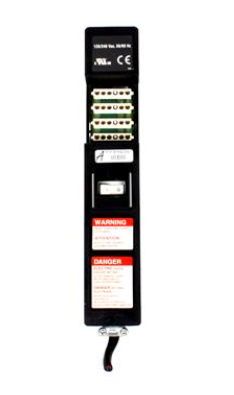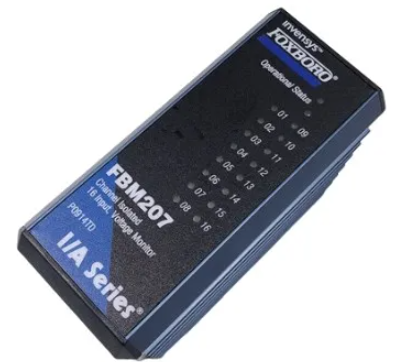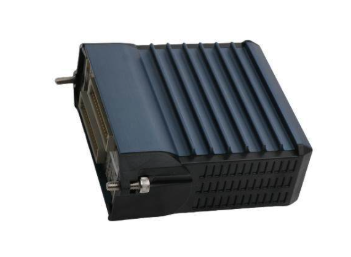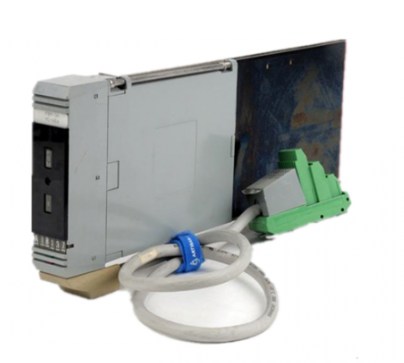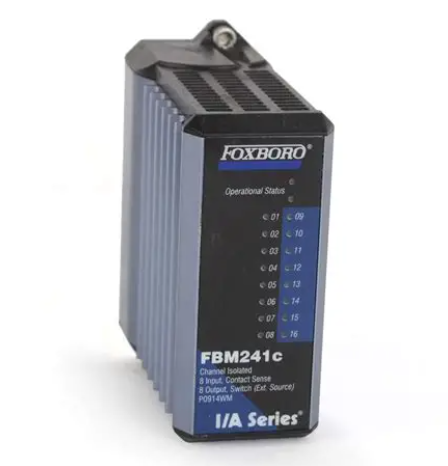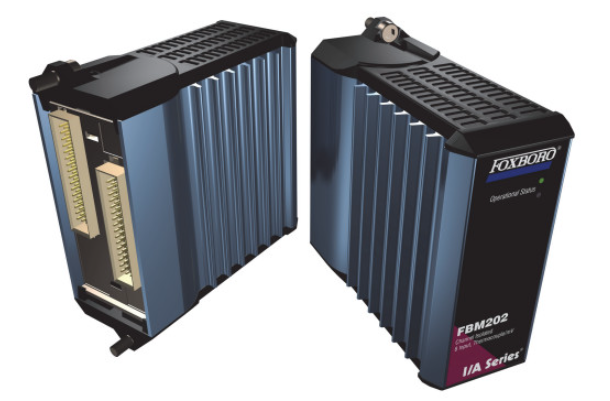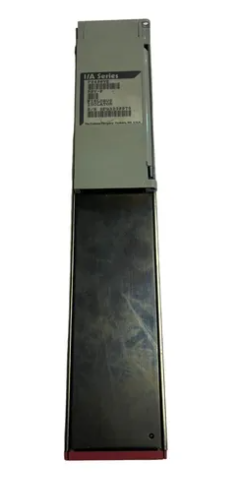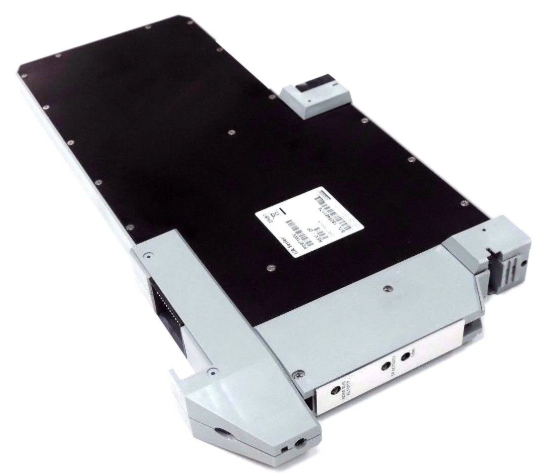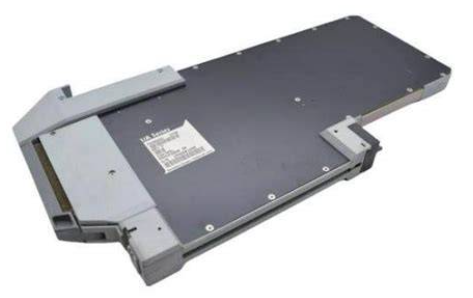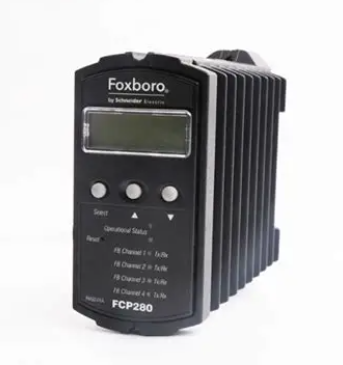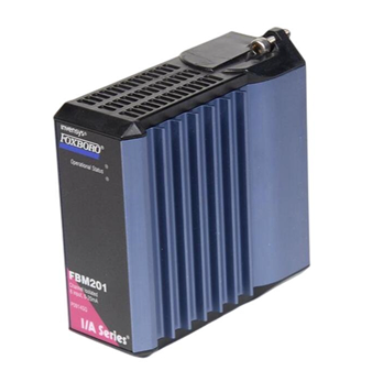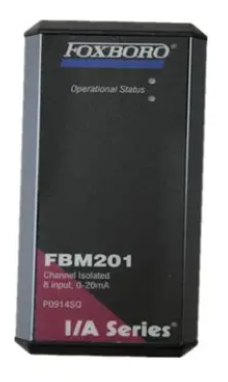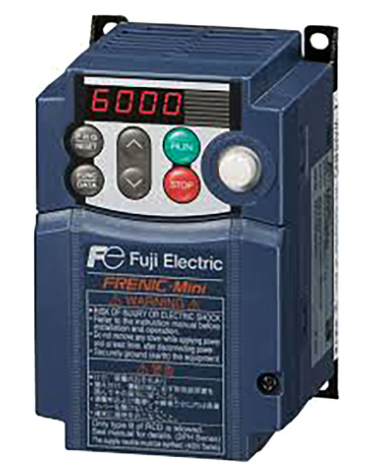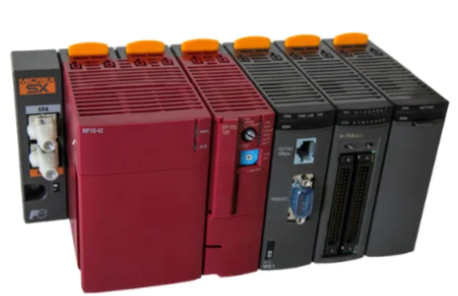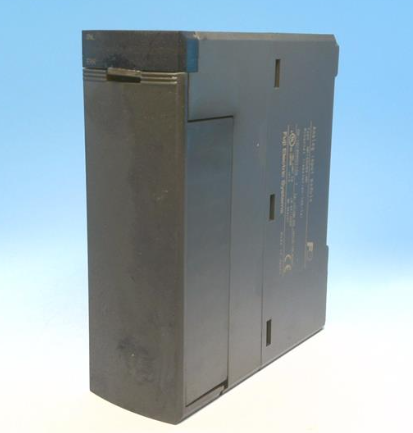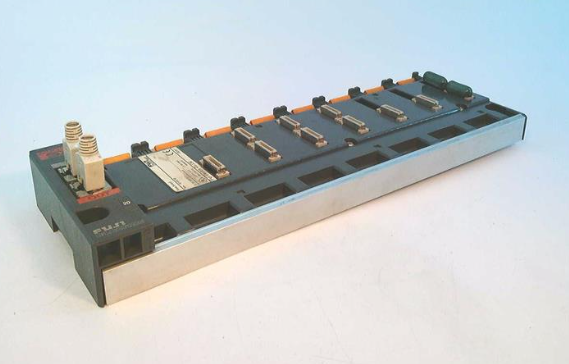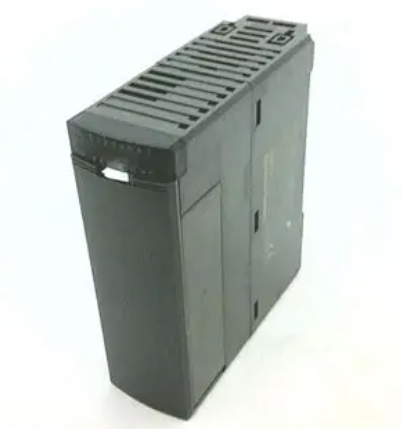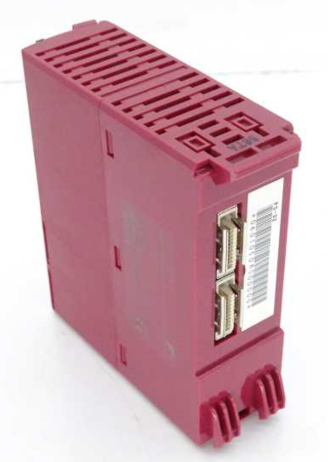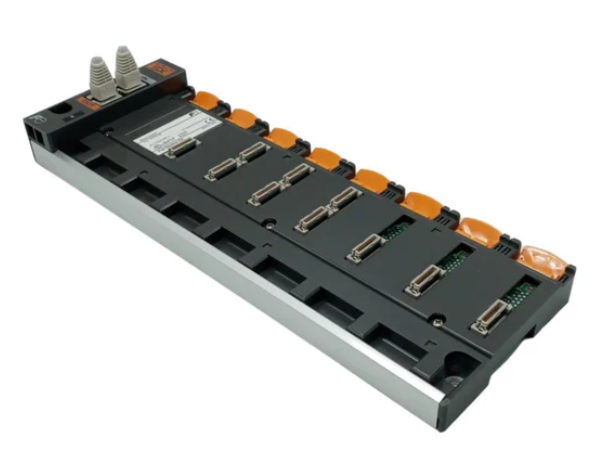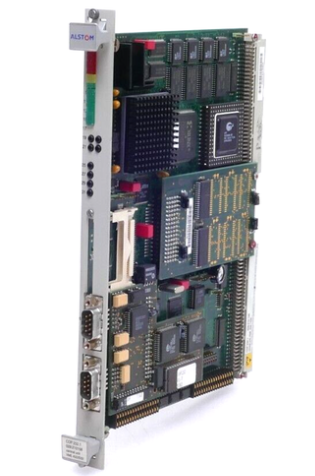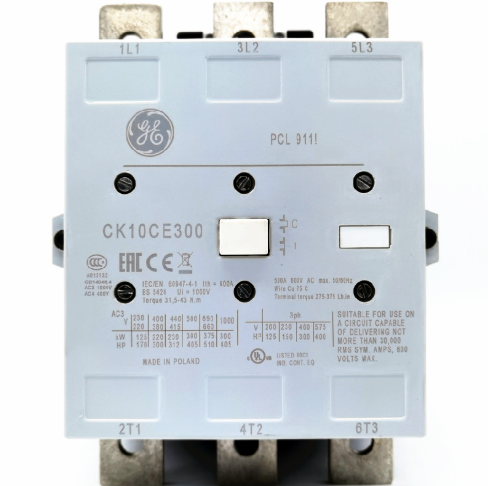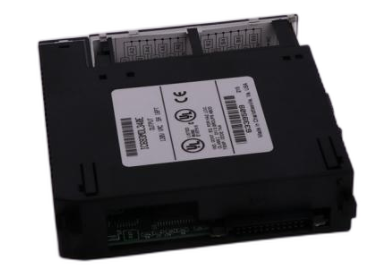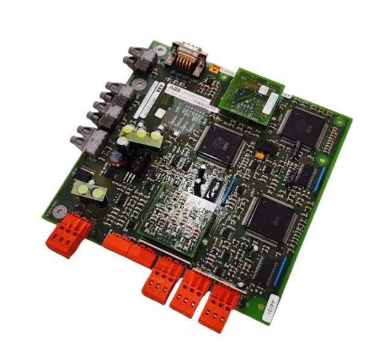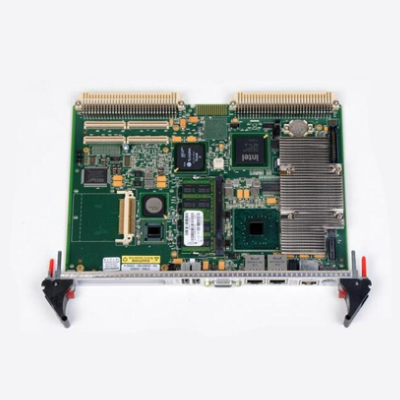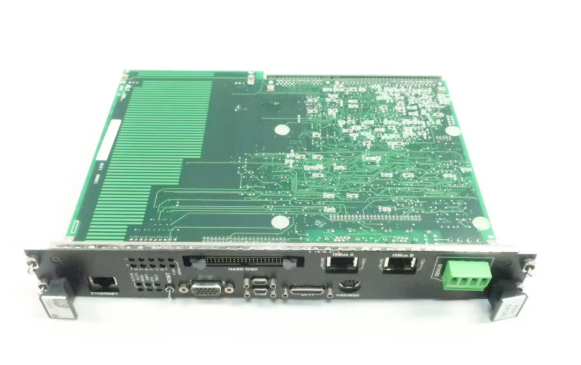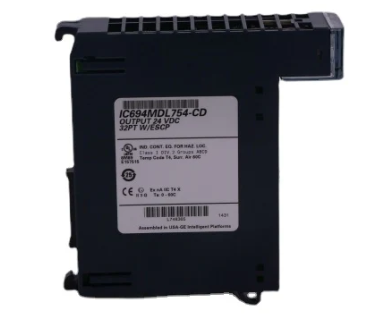Explore the use of market-oriented ways to promote mine ecological restoration opinions
Before the huge debts, the financial funds are a drop in the bucket
China's mine ecological restoration has many historical debts, accumulated problems and realistic contradictions, and faces the problem of "old debts" not returned and "new debts". According to remote sensing survey and monitoring data, by the end of 2018, the country's mining occupied more than 54 million mu of damaged land. Among them, the mining mines occupied about 20 million mu of damaged land, and the historical mines occupied and damaged about 34 million mu.
At present, from the central to the local levels of financial investment is insufficient, the market-oriented mechanism has not been fully established, the lack of effective policies to encourage social capital investment, the fund problem has become a constraint bottleneck of mine ecological restoration. At the same time, some large mining enterprises are facing problems such as the inability to revitalize the existing construction land and the difficulty in obtaining new construction land. "In recent years, some places have actively explored diversified financing methods for mine restoration and achieved many successful experiences. But overall, there are still problems such as unclear incentive policies, insufficient support and weak operability." The person in charge introduced.
The 19th National Congress of the Communist Party of China proposed "building an environmental governance system in which the government is led, enterprises are the main body, social organizations and the public participate", and the Guiding Opinions on Coordinating the Reform of the Property rights System of Natural resource Assets proposed that "in accordance with the principle of who repairs and who benefits, by granting property rights arrangements such as the right to use natural resource assets for a certain period of time," Encourage social investors to engage in ecological protection and restoration."
The person in charge said that the "Opinions" will be the mine ecological function restoration and follow-up resource development and utilization, industrial development overall consideration, clear a series of incentive policies. These policies are aimed at all types of social investment entities, including private enterprises, and vigorously mobilize the whole society to join the army of protecting and restoring the ecological space of China's territory.

One of the main contents of the Opinion
Verify the status quo of land use in mining areas according to the actual conditions
In some mining areas in China, especially plain mining areas with high underground water level, such as Jining in Shandong Province and Huaibei in Anhui Province, underground mining causes surface collapse and water accumulation of more than 10 meters, and many lands can not be restored to their original uses.
In line with the principle of respecting history and seeking truth from facts, the Opinions propose that existing agricultural land that cannot be restored to its original use due to mining collapse can be verified based on reality.
"Verifying the status quo, ownership and legality of land use in mining areas according to actual conditions is the premise and basis for ecological restoration and comprehensive utilization according to local conditions." The person in charge said that first of all, we should adhere to the concept of farmland protection priority. On the one hand, it is necessary to strengthen the responsibility of ecological protection and restoration of mining enterprises to avoid causing new land damage, especially arable land damage to the maximum extent; On the other hand, it is necessary to strictly identify standards and approval procedures. For agricultural land that cannot be restored to its original use due to mining collapse, it can be changed into other agricultural land or unused land after verification by the provincial natural resources department in conjunction with relevant departments and the consent of land rights holders, and submitted to the Ministry of Natural Resources for approval. It involves the adjustment and rezoning of permanent basic farmland in accordance with regulations, and is included in the territorial spatial planning. The "Opinions" stressed that the reduction of cultivated land does not exempt the person responsible for causing the collapse from the statutory obligation.
The second main content of the Opinions
Encourage comprehensive restoration and utilization of mine land
"Encouraging comprehensive restoration and utilization of mining land through incentive policies such as granting land use rights is the gold content of policy measures." The person in charge noted that
The Opinions make it clear that for abandoned state-owned construction land left over from historical mines, social capital investment can be encouraged by granting subsequent land use rights to investment subjects in mine ecological restoration. First, under the premise of conforming to the territorial spatial planning, two implementation modes can be adopted for the land to be changed into commercial construction land after restoration: The first is to carry out land development in the early stage after the overall restoration by the local government, and determine the land use right owner by subdivision in an open competition; The second is to determine the same restoration subject and the land use right holder through open competition, and sign the ecological restoration agreement and the land transfer contract respectively. Second, after the restoration is intended to be used as agricultural land, the municipal and county people's governments or their authorized departments can determine the restoration subject in the form of agreements, sign state-owned agricultural land contract management contracts, engaged in planting, forestry, animal husbandry or fishery production.
The Opinions also make it clear that according to the relevant provisions of the newly revised "Land Administration Law" on the market of collective management construction land, collective economic organizations can invest in the restoration of collective construction land in the abandoned land of historical mines by themselves or attract social capital participation. After the restoration of the territorial space plan determined as industrial, commercial and other business purposes, and registered in accordance with the law of the collective business construction land, land owners can be transferred and leased for the development of related industries.

According to the "Opinions", all localities in accordance with the territorial spatial planning to develop tourism industry on the land after mine restoration, construction of sightseeing platforms, plank roads and other non-permanent ancillary facilities, under the premise of not occupying basic farmland and not damaging the ecological environment, natural landscape and geological safety, the land can not be expropriated (recovered), not diverted, and according to the current use of management.
In order to reduce the cost of land use in the early stage of the development of related industries after the use of land by social investment entities after the restoration of mining areas, the Opinions propose that land use rights can be provided by means of allocation, transfer, lease, etc., in accordance with relevant provisions, and differentiated land supply methods such as flexible term transfer, long-term lease, lease before concession, and combination of lease and concession can be adopted.
The third main content of the Opinion
The restitution index of mine construction land after restoration can be transferred and used
In order to revitalize the mine stock construction land, the "Opinions" clarified the incentive policy.
First, the mining mines will be legally obtained stock construction land and historical mining abandoned construction land restoration into arable land, after the experience of qualified, can refer to the urban and rural construction land increase or decrease linked policy, vacated construction land indicators can be transferred and used within the province.
Second, if the mining mines are repairing the stock construction land obtained according to law into cultivated land and other agricultural land such as garden land, forest land, grassland, etc., after receiving qualified experience, the vacated construction land index can be used for the enterprise's new mining activities within the province to occupy the same type of agricultural land. The person in charge introduced that the main reason for doing so, on the one hand, the amount of land used for new mines is large, and the planning and planning of new construction land in the region and the capacity of new supplementary arable land are difficult to meet the demand for mining land; On the other hand, mining activities may cross county-level administrative regions, and it is necessary to coordinate "reducing the stock of construction land" and "adding construction land" within the provincial administrative regions.
Third, mining enterprises are allowed to develop related industries after the restoration of construction land acquired according to law. The "Opinions" stipulate that under the premise of meeting the requirements of territorial spatial planning and soil environmental quality, without changing the owner of the land use right, after being approved according to law and paying the land transfer price at the market price, mining enterprises can use the state-owned construction land obtained according to law for commercial, service and other operational purposes after restoration.

"Opinions" main content four
The restoration project of historical open-pit mining can make reasonable use of waste soil and stone materials
Some historical open-pit mining mines have abandoned soil and stone materials left in place, and some new soil and stone materials will be generated due to the implementation of necessary restoration projects. The rational use of these waste soil and stone materials organized by local governments is not only the need to carry out the ecological restoration of mines, but also to increase the income and increase the investment in ecological restoration, so as to achieve the purpose of income feeding restoration.
The "Opinions" stipulate that for the restoration of historical open-pit mining mines organized and implemented by local governments, the newly generated earth and stone materials and in-situ earth and stone materials left over from restoration projects such as slope cutting and load reduction and eliminating geological hazards can be used for this restoration project free of charge. If there is any surplus, it can be included in the public resources trading platform by the people's government at the county level for sale, and the sales proceeds are all used for ecological restoration in the local area, and the reasonable returns are guaranteed if the restoration project is undertaken by social investment subjects. At the same time, requirements are made at the operational level.
Relevant regulatory requirements
Strengthen supervision and control, and prevent pollution and illegal violations
"Good deeds must be done well. The Opinions give so many ways to release the dividend of natural resources policy, implement the requirements and tasks of ecological protection and restoration of territorial space, give policy incentives, but also emphasize strict management, and resolutely prevent the occurrence of various illegal problems." The person in charge pointed out that the focus is to strengthen the supervision of the quality of cultivated land and other agricultural land formed by mine restoration and strengthen the supervision of projects involving the disposal of waste soil and stone materials.
The person in charge also made it clear that the "Opinions" policy is very strong, involving spatial planning, use control, cultivated land protection, resource utilization, rights and interests disposal, etc., which is an exploration and innovation based on the summary of work around the country. Because the situation varies greatly from place to place, it is necessary to formulate implementation measures according to local conditions in accordance with the provisions of the "Opinions", in combination with actual conditions, and clarify specific requirements and operating procedures to ensure that various policies and measures can be accurately landed. The Ministry will strengthen work supervision, evaluate the implementation of policies, and correct problems in time.
- EMERSON
- Honeywell
- CTI
- Rolls-Royce
- General Electric
- Woodward
- Yaskawa
- xYCOM
- Motorola
- Siemens
- Rockwell
- ABB
- B&R
- HIMA
- Construction site
- electricity
- Automobile market
- PLC
- DCS
- Motor drivers
- VSD
- Implications
- cement
- CO2
- CEM
- methane
- Artificial intelligence
- Titanic
- Solar energy
- Hydrogen fuel cell
- Hydrogen and fuel cells
- Hydrogen and oxygen fuel cells
- tyre
- Chemical fiber
- dynamo
- corpuscle
- Pulp and paper
- printing
- fossil
- FANUC
- Food and beverage
- Life science
- Sewage treatment
- Personal care
- electricity
- boats
- infrastructure
- Automobile industry
- metallurgy
- Nuclear power generation
- Geothermal power generation
- Water and wastewater
- Infrastructure construction
- Mine hazard
- steel
- papermaking
- Natural gas industry
- Infrastructure construction
- Power and energy
- Rubber and plastic
- Renewable energy
- pharmacy
- mining
- Plastic industry
- Schneider
- Kongsberg
- NI
- Wind energy
- International petroleum
- International new energy network
- gas
- WATLOW
- ProSoft
- SEW
- wind
- ADVANCED
- Reliance
- YOKOGAWA
- TRICONEX
- FOXBORO
- METSO
- MAN
- Advantest
- ADVANCED
- ALSTOM
- Control Wave
- AB
- AMAT
- STUDER
- KONGSBERG
- MOTOROLA
- DANAHER MOTION
- Bently
- Galil
- EATON
- MOLEX
- Triconex
- DEIF
- B&W
- ZYGO
- Aerotech
- DANFOSS
- KOLLMORGEN
- Beijer
- Endress+Hauser
- MOOG
- KB
- Moxa
- Rexroth
- YAMAHA
- Johnson
- Westinghouse
- WAGO
- TOSHIBA
- TEKTRONIX


Email:wang@kongjiangauto.com






























